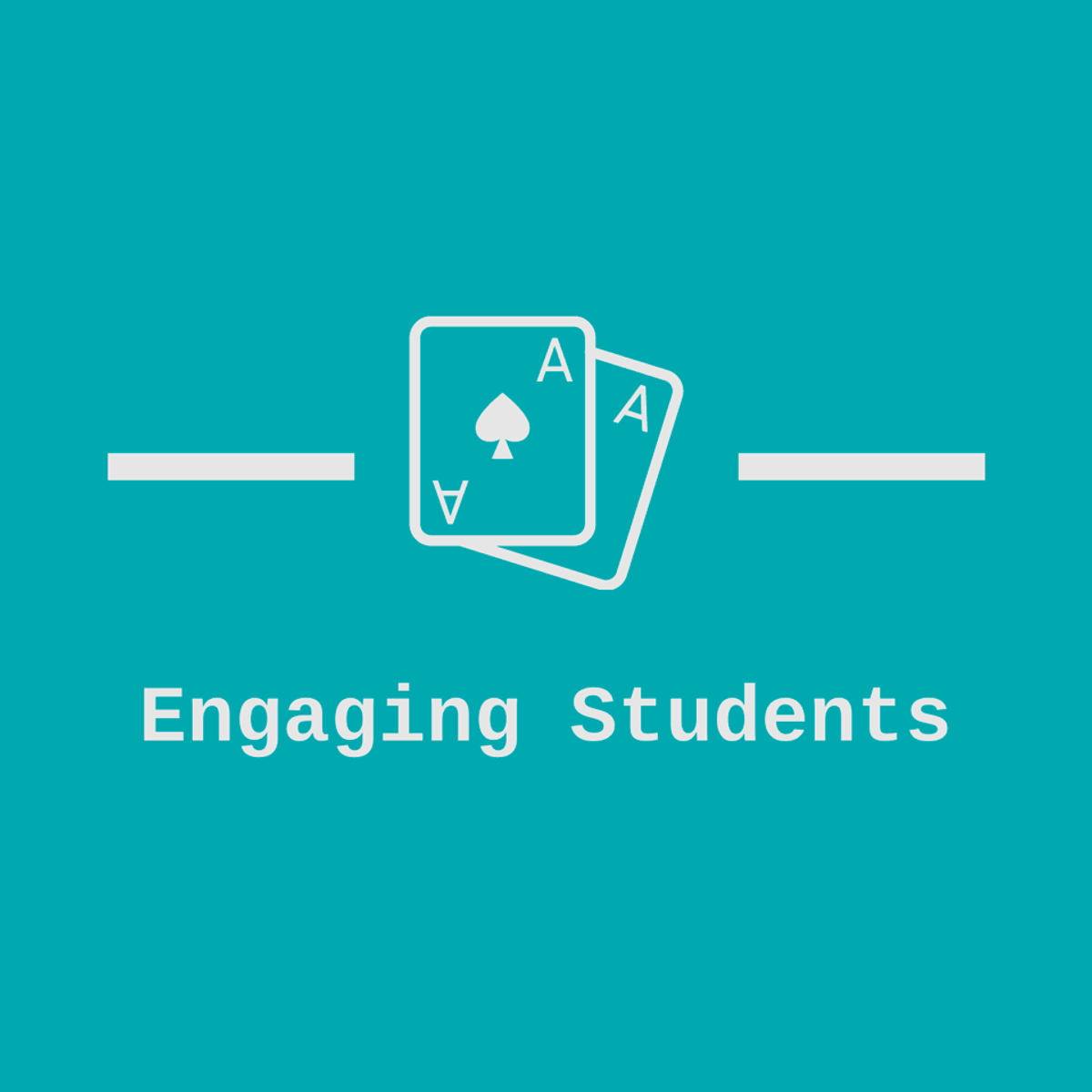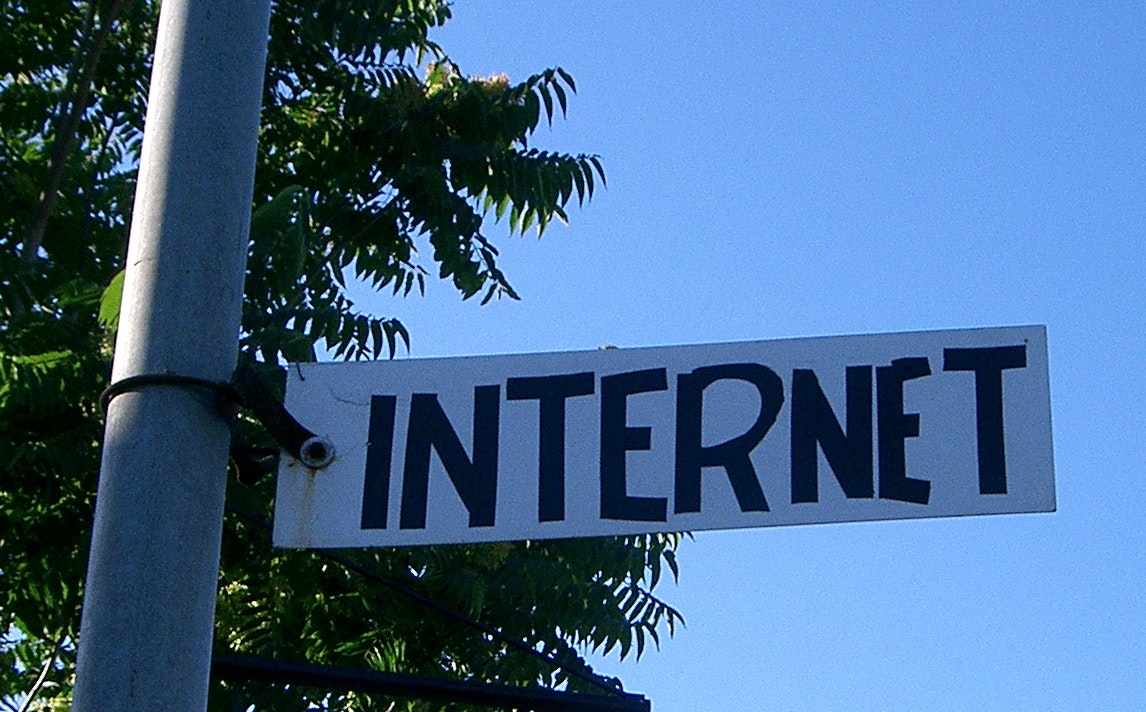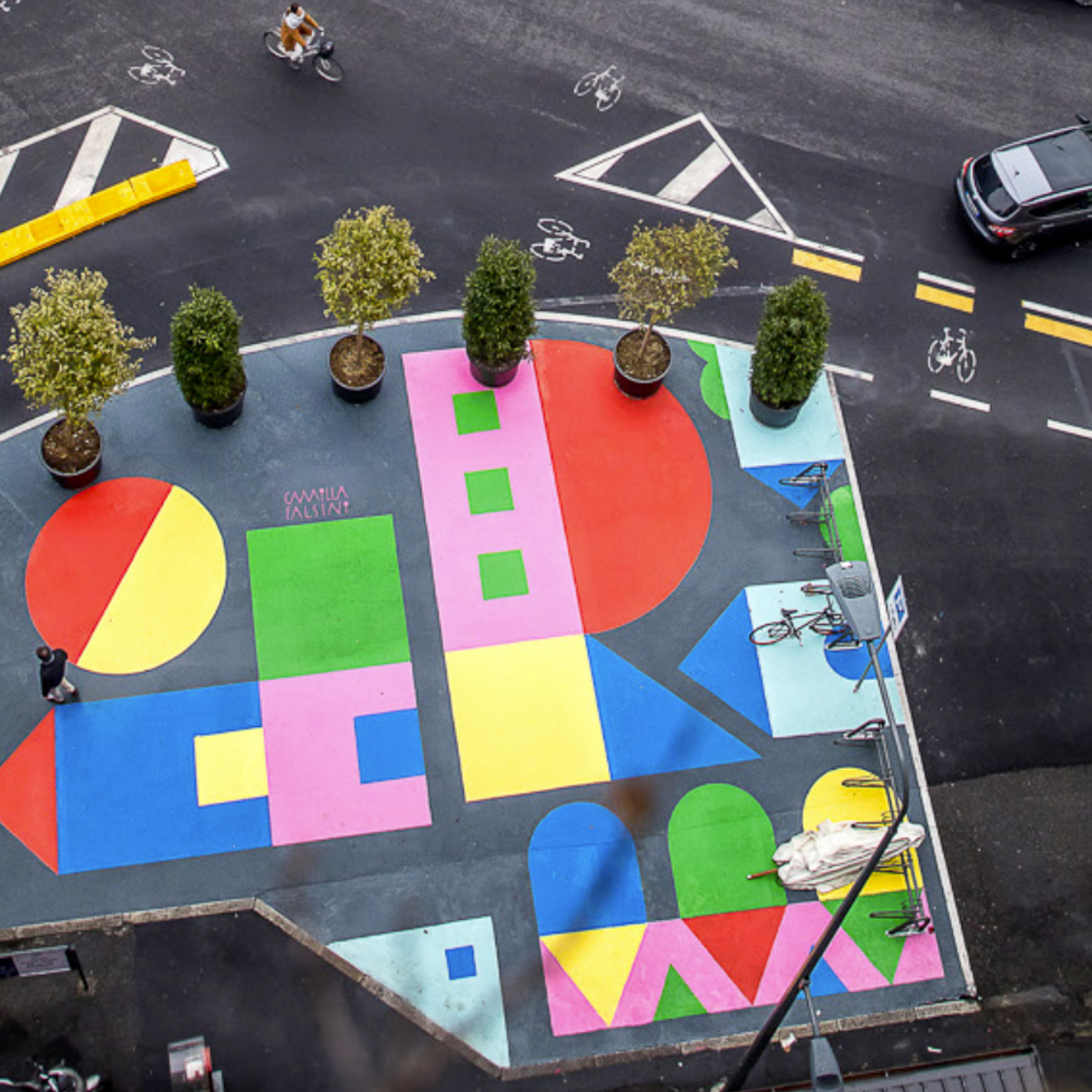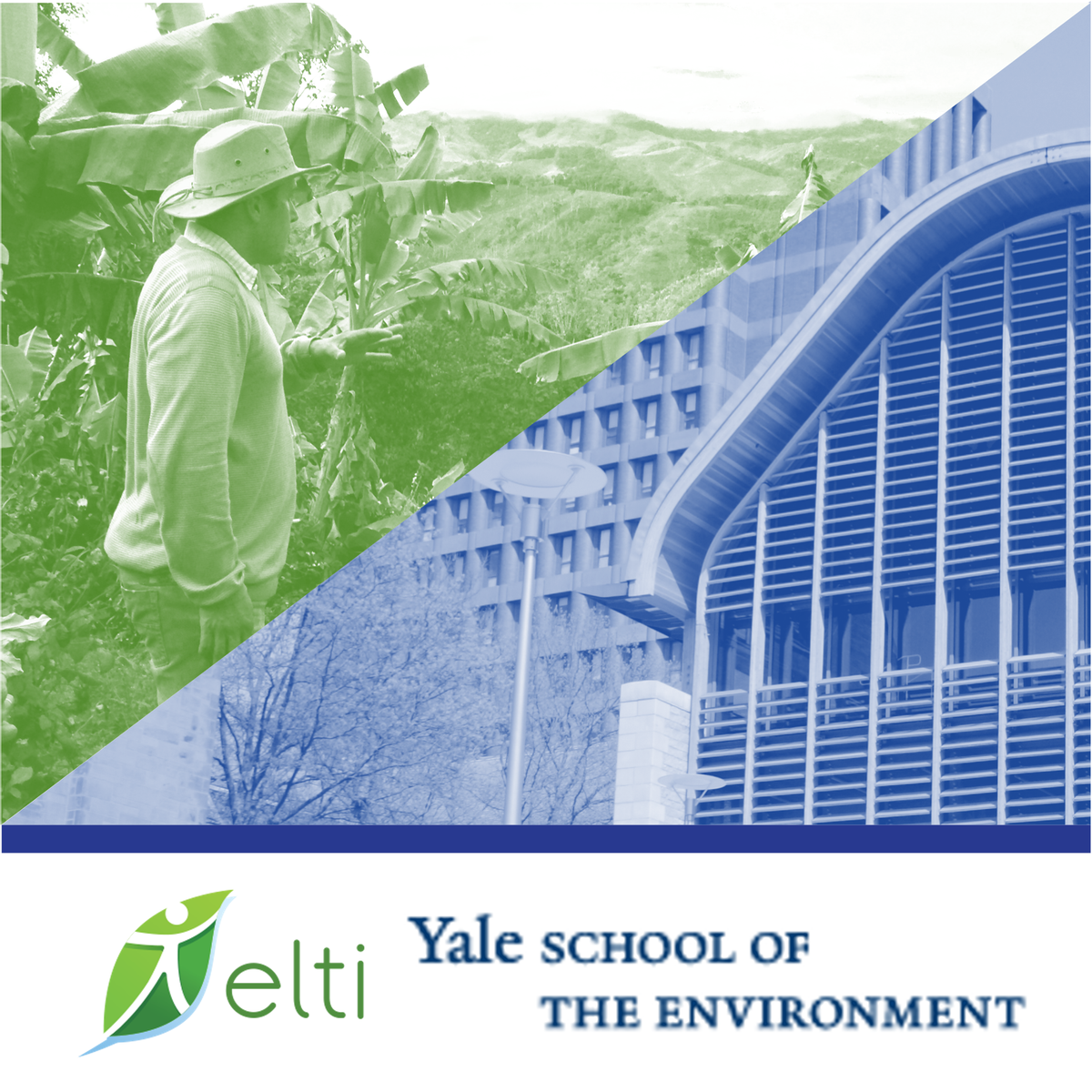Back to Courses









Social Sciences Courses - Page 43
Showing results 421-430 of 672

Enhance Student Learning through Kahoot
By the end of this project, you will have created a Kahoot collection that will engage your students during virtual learning or as a more engaging way to encourage practice and review at home or in the classroom. Teaching is constantly evolving. As we learn more about our students, we uncover new ways to ensure that they are not just learning - they are thriving. When we can connect our tech-savvy students to tech-connected learning, our students are more likely to enjoy learning. We can also encourage them to become lifelong learners as we connect them to the many tools and resources that are available at their fingertips online.
Once you are confident with using Kahoot and have a wide array of Kahoots in your collection, you will discover that Kahoot can be used in many ways! You can use Kahoot for formative assessment, summative assessment, review, or as a fun addition to a theme day! The opportunities are endless.
Kahoot allows teachers to create engaging learning games or trivia quizzes on any topic and in any language. It is an excellent tool for classroom learning, remote learning, and parents engaging their child’s learning at home.

Create video, audio and infographics for online learning
Multimodal texts make learning interesting. Video, podcasts and infographics not only have the capability to excite and engage, but to reach a broader demography of learners who don’t thrive on verbal language knowledge acquisition and exchange alone. Multimodal texts provide a variety of ways in which to communicate and provide information to learners, as well as meet the needs of different learners’ preferences.
Using video, podcasts, infographics or images as well as text, directly impacts learning outcomes. Design decisions that incorporate multimodal learning objects – made by both educators and learners – can make learning memorable, meaningful and retainable.
Decisions we make about how we communicate should be done through a systematic and informed process, rather than via a random selection of tools. In this course, you’ll explore learning design principles associated with how, why and when to use multimodal texts. You’ll also explore and analyse the features and benefits of a range of text types, such as video, audio and infographics.
The course is designed for educators, teachers, learning designers, instructional designers, tutors, lecturers, course convenors and anyone else who may be interested in creating powerful and memorable learning experiences for learners of all ages.
Learning outcomes
By the end of this course, you’ll:
1. Recognise best practice design principles and approaches for multimodal text creation
2. Select, design and create a variety of multimodal text types, including video, audio and infographics
3. Critically reflect on the strengths and weaknesses of the different multimodal text types

Enhance Student Learning with Interactive Lessons in Nearpod
By the end of this project, you will have curated a library of Nearpod lessons and you will have learned how to make every lesson interactive with the many features of Nearpod. With Nearpod, you can add quiz and game features to learning videos. You can launch lessons live or allow students to work at their own pace. With the data you collect, you can identify areas where students need more practice and adjust your teaching to meet those needs. Whether you are teaching onine or in the classroom, Nearpod is a learning platform that will enhance any learning experience.
*You will need a free Nearpod account for this project. Also you will need a free Google account for this project.

Internet Giants: The Law and Economics of Media Platforms
This seven-week course will explore the relationship between law and technology with a strong focus on the law of the United States with some comparisons to laws around the world, especially in Europe. Tech progress is an important source of economic growth and raises broader questions about the human condition, including how culture evolves and who controls that evolution. Technology also matters in countless other ways as it often establishes the framework in which governments interact with their citizens, both in allowing speech and blocking it and in establishing exactly what the boundaries are between private life and the government. And technology itself is powerfully shaped by the laws that apply in areas as diverse as copyright, antitrust, patents, privacy, speech law and the regulation of networks.
The course will explore seven topics:
1. Microsoft: The Desktop vs. The Internet. We will start with a look at the technology path that led to the first personal computer in early 1975, the Altair 8800. That path starts with the vacuum tube, moves to transistors, then to integrated circuits and finally to the microprocessor. We will look at the early days of software on the personal computer and the competition between selling software and open-source approaches as well as the problem of software piracy. We will discus the public good nature of software. The 1981 launch of the IBM PC revolutionized the personal computer market and started the path to Microsoft's powerful position and eventual monopoly in that market with the selection of MS-DOS. We then turn to four antitrust cases against Microsoft: (1) the 1994 U.S. case relating to MS-DOS licensing practices; (2) the U.S. antitrust middleware case over Microsoft’s response to Netscape Navigator; (3) the European Union case regarding Windows Media Player; and (4) the EU browser case over Internet Explorer. These disputes arose at the point of maximal competition between the free-standing personal computer and the Internet world that would come after it and we may know enough now to assess how these cases influenced that competition.
2. Google Emerges (and the World Responds). Google has emerged as one of the dominant platforms of the Internet era and that has led to corresponding scrutiny by regulators throughout the world. Decisions that Google makes about its algorithm can be life altering. Individuals are finding it more difficult to put away past mistakes, as Google never forgets, and businesses can find that their sales plummet if Google moves them from the first page of search results to a later page. With great power comes scrutiny and we will look at how government regulators have evaluated how Google has exercised its power. Both the U.S. Federal Trade Commission and the European Union have undertaken substantial investigations of Google’s practices and we will look at both of those.
3. Smartphones. The Internet started on the desktop but the Internet is increasingly mobile and people are seemingly tethered to their smartphones and tablets. And we have seen an interesting shift in that market away from Nokia handsets and the Blackberry to Apple's iPhone and its iOS platform and to the Android platform. The legal infrastructure of smartphones and tablets is extraordinarily complex. We will start by looking at U.S. spectrum policy and the effort to free up 500 megahertz of spectrum. We will look at the activities of standard setting organizations, including the IEEE and the creation of the 802.11 standard and Wi-Fi (or, if you prefer, wifi), the creation of patent pools and the regulation of standard essential patents. We will look at the FTC action against Google/Motorola Mobility and Apple's lawsuit against Samsung over utility and design patents relating to the iPhone. Finally, we will take a brief look at the European Commission's investigation into the Android platform.
4. Nondiscrimination and Network Neutrality. Facebook has more than 1 billion users and measure that against a world population of roughly 7 billion and a total number of Internet users of roughly 2.5 billion. A course on law and technology simply has to grapple with the basic framework for regulating the Internet and a key idea there is the notion of network neutrality. Nondiscrimination obligations are frequent in regulated network industries, but at the same, discrimination can be an important tool of design for communication networks. We will start our look at the Internet by looking at the great first communications network of the United States, the post office and will look in particular at the Post Office Act of 1845. We will then move to modern times and will consider efforts by the U.S. Federal Communications Commission to produce sensible and sustainable nondiscrimination conditions for the Internet and will touch briefly on comparisons from around the world.
5. The Day the Music Died? In many ways, the Internet came first to music with the rise of peer-to-peer (p2p) music sharing through Napster and its successors. We start with a look into music platform history and the devices that brought recorded music into the home: the phonograph and the player piano. We turn to radio and the legal regime that puts music on the airwaves, the performing rights organizations like ASCAP and BMI. We look at the antitrust issues associated with the blanket license. We consider a failed music platform, digital audio tape, and the complicated legal regime associated with it, the Audio Home Recording Act of 1992. We will consider the copyright issues raised by the creation and distribution of music and the litigation over the p2p technologies such as Napster and Grokster. The music industry responded to p2p technology by adding digital rights management tools to CDs. As music distribution switched from physical media to digital distribution, we entered the world of Apple and the iPod and iTunes. We consider the DRM issues associated with Apple's music platform as seen by Steve Jobs. We conclude by looking at emerging subscription services like Spotify and the service that Apple is building based on its purchase of Beats.
6. Video: Listening and Watching. Images are some of the most powerful ways in which ideas and speech are communicated and video has long been regulated by the state. That starts as a communications law issue with government regulation of the radio spectrum, but also leads to the design of the television system with the assignment of channels and eventually the definition of digital television. And with the emergence first of cable TV and subsequently the VCR critical copyright roadblocks had to be overcome for new distribution technologies to emerge. We will consider the legal engineering that led to the DVD platform, which was an exercise in patent pools and trademark creation. We will sort through the creation of the digital TV platform and will also look at the copyright underpinnings for Netflix. And we will consider the question of technology neutrality in the content of the copyright fight over a new video distribution entrant, Aereo. Finally, we close the week with a brief look at the incentive spectrum auctions and the possible end of broadcast television.
7. The Mediated Book. Gutenberg revolutionized books with his printing press and for academics, books are sacred objects. But the printed book is on the run and with the rise of the ebook, we are entering a new era, the era of the mediated book. This is more than just a change in technology. We will look at the issues created by the rise of the ebook, issues about control over content and licensing and of the privacy of thought itself. We will also look at the legal skirmishes over this space, including the copyright fair use litigation over Google Books, the Apple e-book antitrust case. And we will look at the Amazon Kindle platform.

Gamification Learning with Genially
By the end of this project, you will be ready to engage your students using the gamification learning opportunities that Genially provides. Genially is “the tool that brings content to life.” Genially allows you to map out a learning journey for your students using high interest images and interactive tools. When students learn through gamification, they are more naturally engaged in the content you are teaching!

Giving 2.0: The MOOC
A philanthropist is anyone who gives anything — time, money, experience, skills, and networks — in any amount, to create a better world. This course will empower you to practice philanthropy more effectively and make your giving more meaningful to both you and those you strive to help.
Giving 2.0: The MOOC, is a Stanford University-sponsored online course intended to teach givers of all ages, backgrounds, incomes and experiences to give more effectively. Taught by social entrepreneur, philanthropist and bestselling author Laura Arrillaga-Andreessen, Giving 2.0: The MOOC will teach you how to assess nonprofits, create a high-impact philanthropic strategy, volunteer more effectively, use existing, free technology for good and more.
Giving 2.0: The MOOC is a six-module course. Each module has a particular theme and 5-10 content-packed and activity-rich, videos exploring that theme. Videos will include lectures from Laura Arrillaga-Andreessen as well as interviews, discussions and lectures given by guest speakers. Guest speakers are renowned leaders in multiple industries including philanthropy, technology and business, who will provide unique insights into course topics. Course participants will have the opportunity to join Talkabouts – small virtual meeting groups created to discuss class-related topics. By the course’s conclusion, course participants will have created an Individual Giving Action Plan to guide their future giving in a highly effective and meaningful way. Course participants will also complete a formal nonprofit assessment and be provided with ongoing, post-MOOC philanthropy education content that will support continued development and execution of their philanthropic goals.

SEL Capstone
In this course the instructors (Randy Testa, Ben Kirshner, Emily Price, and Dan Liston) have designed two culminating projects for the Coursera Specialization entitled – “The Teacher and SEL”. The two options include: “A Teacher Implementation Plan”, and “The Cinema, SEL, and the Classroom”.
This course is a part of the 5-course Specialization “The Teacher and Social Emotional Learning (SEL)”. Interested in earning 3 university credits from the University of Colorado-Boulder for this specialization?? If so check out "How you can earn 3 university credits from the University of Colorado-Boulder for this specialization" reading in the first module of this course for additional information.
We want to note that the courses in this Specialization were designed with a three-credit university course load in mind. As a participant you may notice a bit more reading content and a little less video/lecture content. Completing and passing the SEL Specialization allows the participant to apply for 3 graduate credits toward teacher re-certification and professional enhancement. We want to ensure the quality and high standards of a University of Colorado learning experience.
Interested in earning 3 graduate credits from the University of Colorado-Boulder for The Teacher and Social Emotional Learning (SEL) Specialization? Check out "How you can earn 3 university credits from the University of Colorado-Boulder for this specialization" reading in the first week of this course for more information.

Street Experiments for Sustainable and Resilient cities
Our streetscape, despite its feeling of permanence in our environment, is an ideal venue for experimentation. We have come to accept traffic movement as the default function for the street. Therefore, we need to rethink its design and space distribution, go back to its original and basic function and see them as public spaces - Transform them into places for social activities, where conversations can take place and places where kids can play. This course shows you examples of remarkable changes and gives you a toolbox for implementing and evaluating street experiments yourself. We invite you on this journey to reimagine what is possible if we dare to use our public space differently.

Combining and Analyzing Complex Data
In this course you will learn how to use survey weights to estimate descriptive statistics, like means and totals, and more complicated quantities like model parameters for linear and logistic regressions. Software capabilities will be covered with R® receiving particular emphasis. The course will also cover the basics of record linkage and statistical matching—both of which are becoming more important as ways of combining data from different sources. Combining of datasets raises ethical issues which the course reviews. Informed consent may have to be obtained from persons to allow their data to be linked. You will learn about differences in the legal requirements in different countries.

Tropical Forest Landscapes 101: Conservation & Restoration
Conserving and restoring tropical forest landscapes offers an opportunity to address pressing environmental and social challenges. Effective conservation and restoration initiatives support multiple objectives, including ecosystem functioning, climate change mitigation and adaptation, food security, and economic growth.
This seven-week course explores the technical, social, and funding aspects of this timely topic. You will learn:
1. The importance of tropical forest landscapes and the actors and motivations driving restoration and conservation efforts.
2. How tropical forest ecosystems work, and how they relate to climate change and biodiversity.
3. Fundamental human dimensions to consider in any project, including human livelihoods and local property rights.
4. Conservation theory and dynamic aspects of conserving species and landscapes.
5. A spectrum of restoration strategies and key considerations for restoration, such as species selection and planting design.
6. How agroforestry systems can integrate trees and production to meet different goals.
7. Basic financial concepts and potential sources of conservation and restoration funding.
The materials in this course offer a selection of key content from the Yale School of the Environment and Yale Environmental Leadership & Training Initiative's yearlong Tropical Forest Landscapes: Conservation, Restoration & Sustainable Use online certificate program.
Popular Internships and Jobs by Categories
Find Jobs & Internships
Browse
© 2024 BoostGrad | All rights reserved